
|
Knot
|
||
|
Taken at Troon on 20th August 2025 using Nikon Coolpix P950
|

|
|
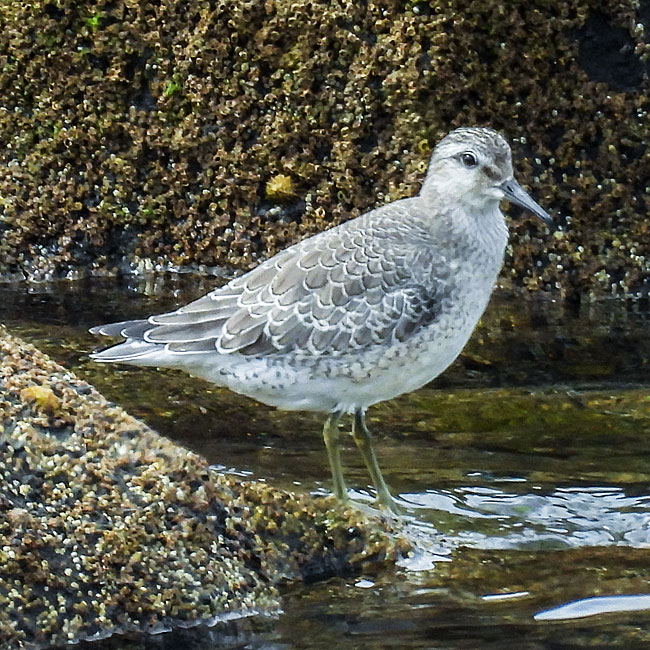
|
Taken at Port Seton on 25th April 2021 using Nikon D500 with Sigma 600 mm zoom lens.
|
 |
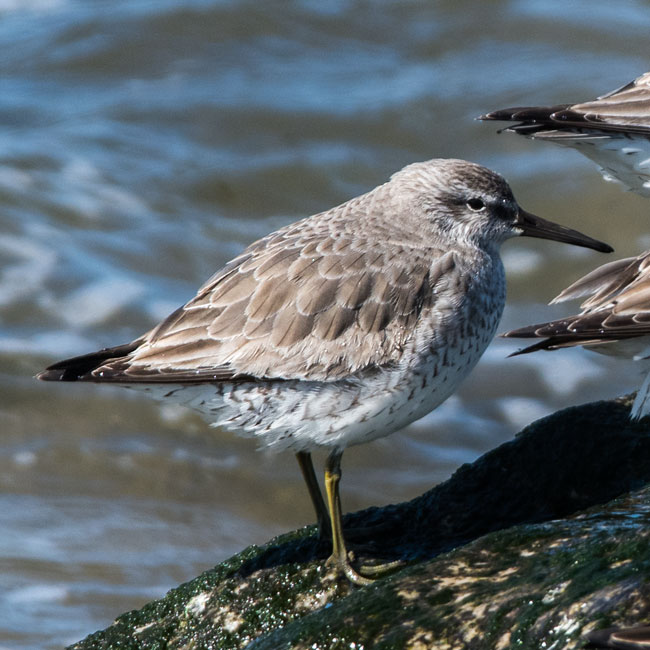
| Winter Plumage Taken at Musselburgh on 14th December 2018 using Nikon D500 with Sigma 600 mm zoom lens. |
 |
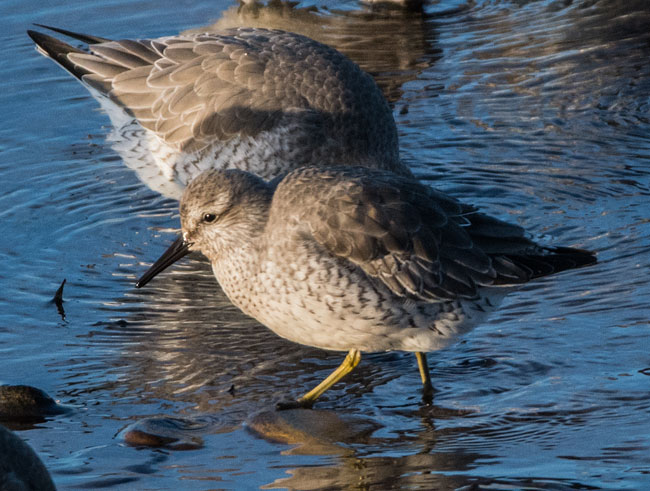
| Breeding Plumage Taken at Port Seton on 16th May 2019 using Nikon D500 with Sigma 600 mm zoom lens. |
 |
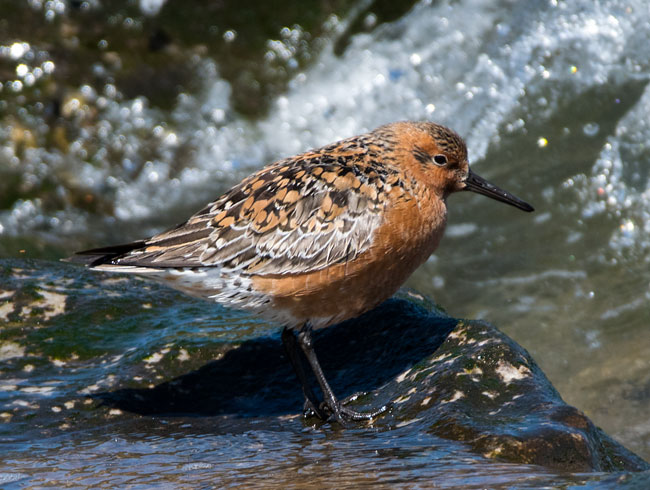
| Summer Plumage Taken at Leighton Moss on 15th July 2019 using Nikon D500 with Sigma 600 mm zoom lens. |
 |
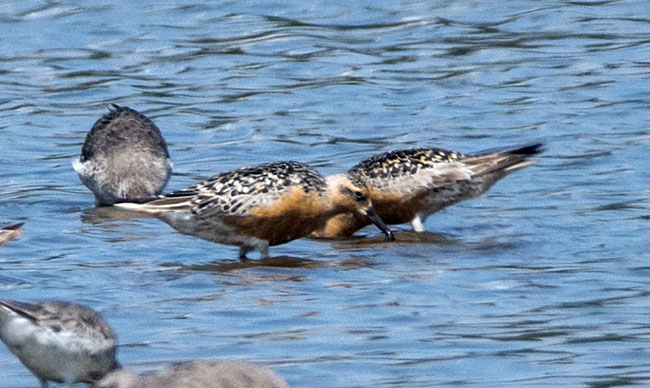
| Taken at Troon on 29th October 2023 using Nikon D500 with Sigma 600 mm zoom lens. |  |
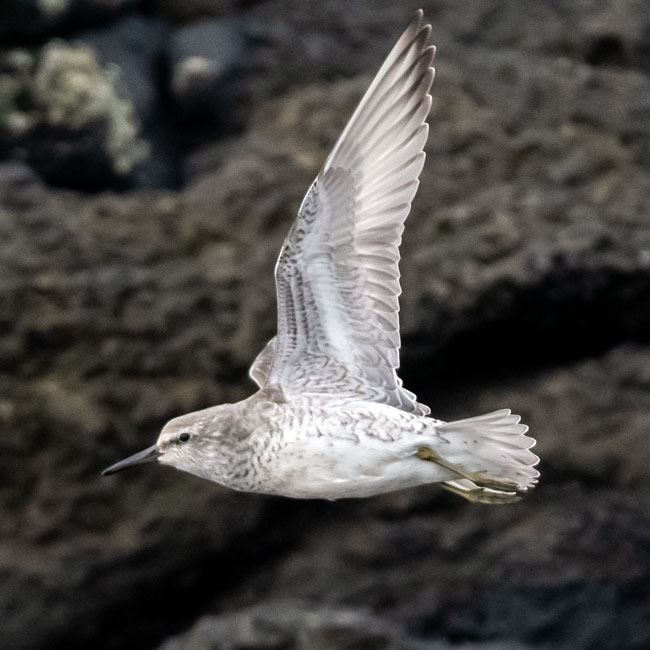
| Taken at Musselburgh on 4th October 2020 using Nikon D500 with Sigma 600 mm zoom lens. |  |
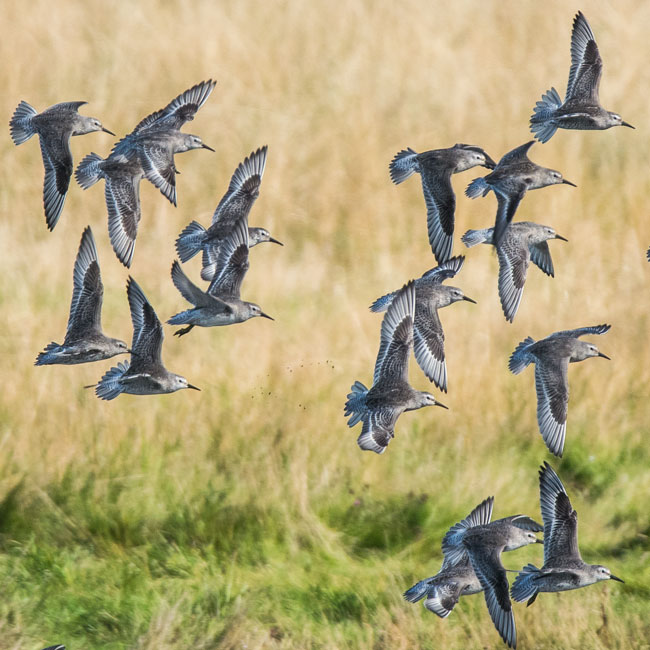
| Knot. |
| Species: Order: Family: Local Names: |
Calidris canutus. Charadriiformes. Scolopacidae Red Knot, Black Knot. |
| Site
Of Nest: Materials: Food: Length: Wingspan: Plumage: Breeding Period: Eggs: |
Inland, on the ground near water. A shallow scrape lined with leaves, lichens and moss. On the breeding grounds, Knots eat mostly spiders, arthropods, and larvae obtained by surface pecking, and on the wintering and migratory grounds they eat a variety of hard-shelled prey such as bivalves, gastropods and small crabs that are ingested whole and crushed by a muscular stomach. 23 - 26 cms. 47 - 53 cms. The head and eyes are small, with a short neck and a slightly tapering bill that is no longer than its head. It has short dark legs and a medium thin dark bill. The winter, or basic, plumage becomes uniformly pale grey, and is similar between the sexes. The alternate, or breeding, plumage is mottled grey on top with a cinnamon face, throat and breast and light-coloured rear belly. Late May - Early June, 3 - 4 light olive to deep olive buff, with a slight gloss |
| Voice: |